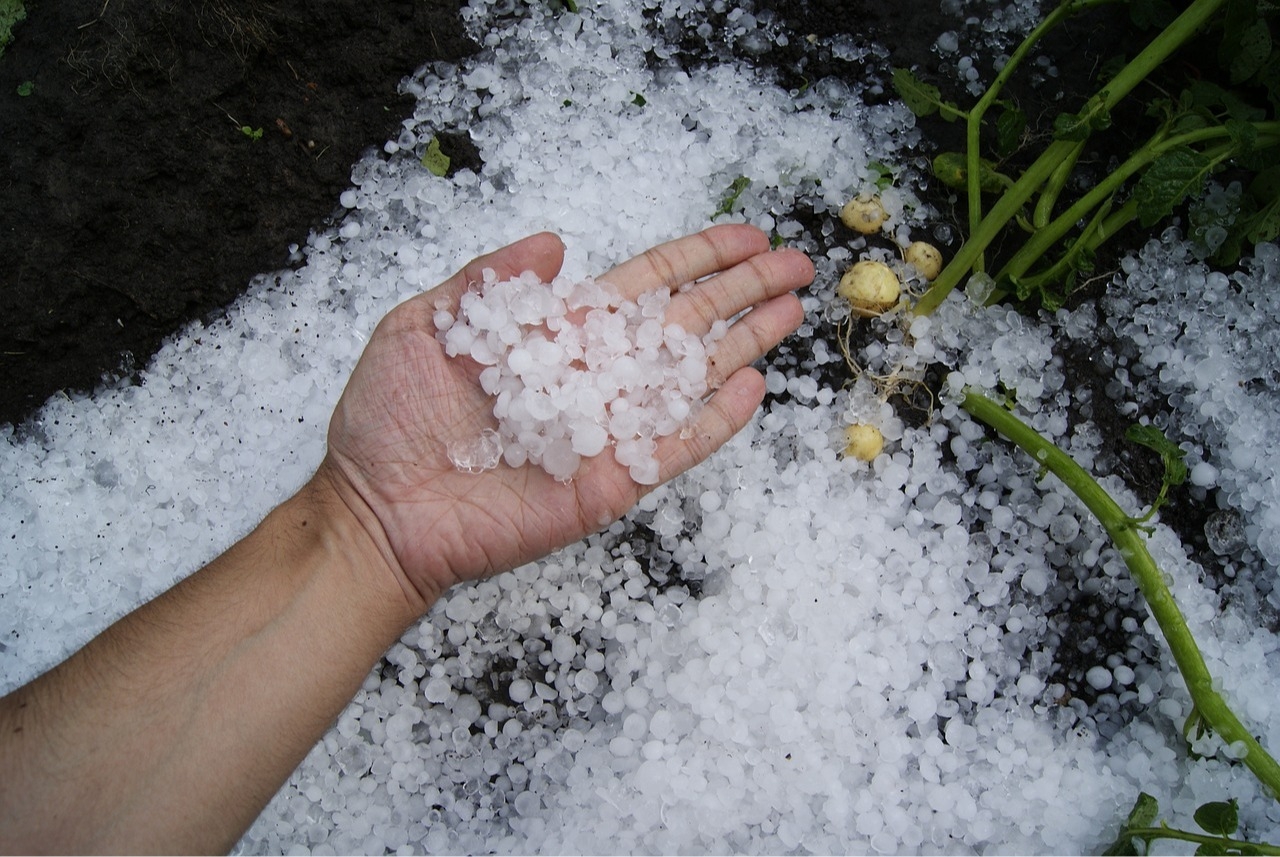Hail Season is here—What New Generation Roofing Wants You to Know
It is Spring in Colorado. And New Generation Roofing wants to remind you exactly what that means—hail season is quickly approaching. Are you ready? Is your roof ready? Read on to find helpful tips and hints for preparing yourself for one of the most damaging seasons your roof can weather.
Surprisingly, or perhaps not all that surprisingly, Colorado comes in second for the highest number of hail damage claims in the nation! Who is first, you may ask, Texas (I feel this is more surprising, but perhaps I just do not know the weather in the Texas summers.) New Generation Roofing certainly sees a surge in roofing inquiries and needs as this hail season approaches.
It is the unpredictable nature of a hail storm, that makes these so damaging to your roof. Hailstones can come in all shapes and sizes. They can also come as all different rates of speed. Depending on the size of the hailstone and the intensity of it, your roof can be severely damaged by what might be golf ball size or larger hailstones.
This damage might mean dented shingles. Some of the most common shingles material used in Colorado is asphalt. This is designed to withstand the impact of smaller sized hailstones. However, the larger sized ones can crack your asphalt shingles.
Other reasons for concern with hail and these shingles is that over time it can wear out the granules on the shingles. These granules protect your roof from UV rays and other environmental factors. When these granules becomes damaged from hailstones, it lead to more shingles cracking and eventually, water damage and leakage.
Now, if you have a metal roof, as opposed to asphalt, you are looking at hail damaging your roof from denting and disfiguring it. Other concerns with metal roofs and hail are eventual leaks and rusting. These leaks and rusting can spread to other parts of your metal roof.
If you have a tile roof, these can usually withstand impacts from larger hailstones. However, the need for worry here lies in the underlayment beneath the tile, which can still be damaged from hail storms. Damage to this underlayment (the protective layer between the roofing material and the decking) can lead to leakage and other problems.
Beyond just your roof, you must also worry about damage to your rain gutters and downspouts during a hail storm. Where damaged is cause to either of these helpful rain essentials, there can be drainage issues. These can cause severe water damage to your home.
So, now that we have bombarded you with all the things you need to worry about as hail season in Colorado fast approaches, what are you to do? How can you prepare your roof and gutters for this inevitable season of storms?
That is what next week’s blog will tell you all about. We can tell you now that preparing for hail season starts with proper maintenance and preparation. New Generation Roofing is here to help you with all the pre hail storm prep you need.
Go Back Surprisingly, or perhaps not all that surprisingly, Colorado comes in second for the highest number of hail damage claims in the nation! Who is first, you may ask, Texas (I feel this is more surprising, but perhaps I just do not know the weather in the Texas summers.) New Generation Roofing certainly sees a surge in roofing inquiries and needs as this hail season approaches.
It is the unpredictable nature of a hail storm, that makes these so damaging to your roof. Hailstones can come in all shapes and sizes. They can also come as all different rates of speed. Depending on the size of the hailstone and the intensity of it, your roof can be severely damaged by what might be golf ball size or larger hailstones.
This damage might mean dented shingles. Some of the most common shingles material used in Colorado is asphalt. This is designed to withstand the impact of smaller sized hailstones. However, the larger sized ones can crack your asphalt shingles.
Other reasons for concern with hail and these shingles is that over time it can wear out the granules on the shingles. These granules protect your roof from UV rays and other environmental factors. When these granules becomes damaged from hailstones, it lead to more shingles cracking and eventually, water damage and leakage.
Now, if you have a metal roof, as opposed to asphalt, you are looking at hail damaging your roof from denting and disfiguring it. Other concerns with metal roofs and hail are eventual leaks and rusting. These leaks and rusting can spread to other parts of your metal roof.
If you have a tile roof, these can usually withstand impacts from larger hailstones. However, the need for worry here lies in the underlayment beneath the tile, which can still be damaged from hail storms. Damage to this underlayment (the protective layer between the roofing material and the decking) can lead to leakage and other problems.
Beyond just your roof, you must also worry about damage to your rain gutters and downspouts during a hail storm. Where damaged is cause to either of these helpful rain essentials, there can be drainage issues. These can cause severe water damage to your home.
So, now that we have bombarded you with all the things you need to worry about as hail season in Colorado fast approaches, what are you to do? How can you prepare your roof and gutters for this inevitable season of storms?
That is what next week’s blog will tell you all about. We can tell you now that preparing for hail season starts with proper maintenance and preparation. New Generation Roofing is here to help you with all the pre hail storm prep you need.
